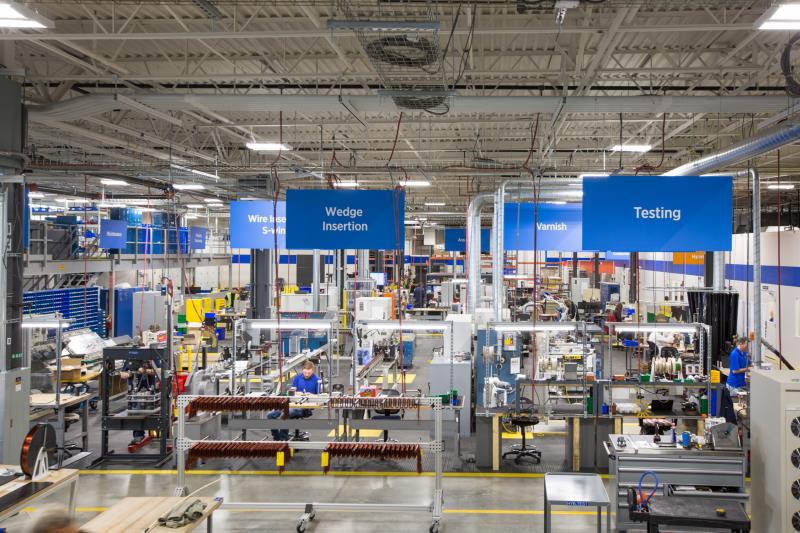
Automotive supplier BorgWarner opens a high-tech lab at its Technical Center in Noblesville, IN.
The new lab enables the company to develop, build, test and validate prototypes of its electric product portfolio under one roof. This will create cost synergies, increase cross-functional collaboration and improve efficiency throughout the product development and testing process, BorgWarner says.
The 40,000-sq.-ft. (3,700-sq.-m) lab will focus on the development of motors and power electronics for the light-vehicle and commercial-vehicle markets. View this video: https://www.youtube.com/watch?v=74leJq6Yfeo
The facility expands BorgWarner’s hybrid and electric capabilities by providing a space where real-world conditions can be generated, and updates can be made to move the industry’s most advanced technologies in a shortened timeframe, the company says.
Engineers will be able to build, calibrate and test electric propulsion systems for quick feedback to design and analysis teams. Housing the entire range of engineering and development disciplines together in one location will reduce downtime during the design process and foster greater collaboration.
“Having engineering, testing and prototype together under one roof is a competitive advantage as we move toward a highly technical and electrified future,” says Stefan Demmerle, president and general manager-BorgWarner PowerDrive Systems.
“The ability to streamline processes and improve design collaboration and responsiveness amongst engineering and prototyping will be reflected in future technologies developed at Noblesville.”
The lab is designed to maximize space utilization. All non-critical equipment such as high-voltage cabinets, isolation transformers and battery simulators share an equipment platform, reserving space on the main floor for additional test cells. The interior walls are modular, allowing for quick and easy layout changes creating an agile building infrastructure for the future, BorgWarner says.
The facility is equipped with motor manufacturing equipment including wire formers, slot liner insertion, wire insertion, laser welding, varnishing and end-of-line testing. This enables the prototype phase to emulate the production process and uncover lessons that can be transferred to the manufacturing plant responsible for mass production, the company says.
About the Author
You May Also Like

